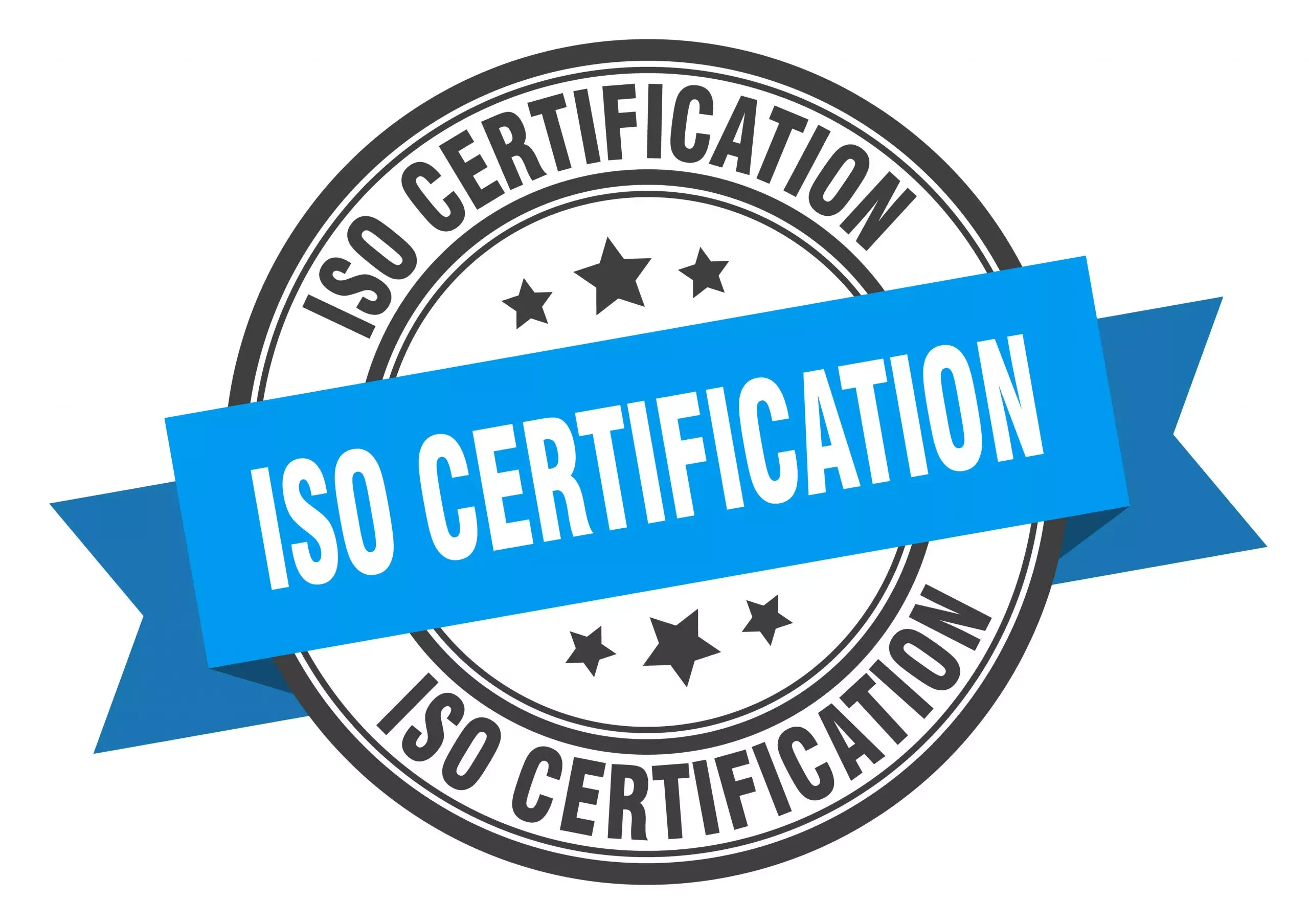
Important phases to ISO certification
Important phases to ISO certification
International standards are a crucial strategic instrument that may assist your business in addressing some of its more urgent problems.
Although achieving your ISO certification demands considerable time, money, and effort commitment, it will benefit your business by enhancing procedures and controls while giving you more credibility amongst clients.
What is the price?
The costs for developing and registering a formal management system vary depending on the size and complexity of your organization and your internal processes.
• First, there are expenses related to development, such as the time spent on system documentation and implementation.
• Second, there are expenses related to training staff members to create the required papers as well as to organise and carry out efficient internal audits.
• Third: The Audit fee, which covers completing the audit and registering the management system, is another expense. The price is determined by the number of sites, the nature or the scope of the work performed by your organisation, number of shifts.
Using an outside consultant can help you cut some of these costs since there is less chance that you will start down the incorrect route or forget to meet important standard's requirements.
As a general rule, the time between creation and certification is generally between 6 and 8 months.
The cost of certification will vary based on the maturity level of your current management system, the scale and complexity of your business, and the scope of work.
How do I get my organisation certified?
You must first establish and record your organisation's processes while following the right procedures to guarantee that you can uphold your quality standards before your organisation can get certified.
Here are the four necessary stages for starting a firm that is ISO-certified.
-
Create a management system.
Decide on your main business procedures.
• With employee participation, document processes.
• Examine, accept, and deliver the papers to those who require them.
-
Put your system into action
• Verify that processes are carried out exactly as they are specified in your documentation.
• Ensure that workers receive the appropriate training for the duties they are handling.
• Establish efficient reporting systems for inspection, testing, corrective and preventative measures, management review sessions, goal monitoring, statistical methods, and other activities.
• Whenever feasible, utilise measurable data to track the efficiency of your procedures.
• Examine the situation and take the necessary steps to become better.
3. Make sure your system is working properly.
• Carry out the audit and evaluate the systems, procedures, and compliance. Investigate, speak with people, and examine sample records.
• Define and list the management system's advantages and disadvantages.
• As necessary, take corrective or preventative action.
4. Choose A Certification Body and apply for certification
• When choosing a certification body for an external audit, be careful. Check it's relevance, accreditations and past record.
• Submit the paperwork for your management system for evaluation to make sure it conforms with the relevant standard.
• Prepare for an external auditor's assessment to ensure that the management system is implemented successfully and that the system's requirements are being met.
Invite the Certification Body to conduct the audit and after the completion of the audit, wait for their final decision.
Award of Certificate
The Certificate is awarded after the auditor submits the audit reports back to the certification body for their review and once found to be okay and meeting all the necessary compliances, your organisation will be awarded the certificate for the ISO Management System applied for.
